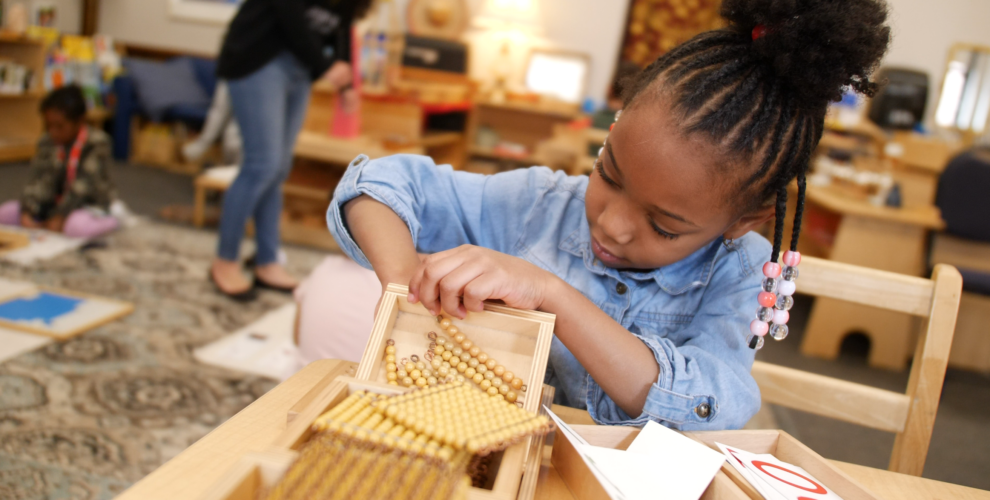When deciding what toys to purchase for a child with special needs or what activities to attempt in the home, it is common to wonder if it is appropriate for the child. Many common child toys and activities can be adapted to meet the needs of all children in easy, non-expensive ways.
Shape Sorters:
Shape sorters are a common toy for young children. However, some sorters come with many shapes and pieces that may be overwhelming or cause frustration for a young child. One way to adapt a shape sorter to meet the needs of a child with different abilities is to minimize the amount of shapes the child needs to sort. For instance, if the shape sorter comes with 10 shapes, have the child sort three to five shapes. Another idea is to use duct tape or even a hand to cover some of the shaped holes to make it easier for a child to discover the hole in which the shape fits. Once a child seems to be sorting the shapes more independently, more shapes can be added for the child to sort or another shaped hole can be uncovered.
Puzzles:
Another common toy for young children is a puzzle. Puzzles come in all shapes and sizes and can also be modified to the needs of a child with different abilities. For instance, a child who is 1 year of age might need a puzzle with only three pieces. If the child is having a hard time matching the pieces, a parent can place the piece in the correct slot hand over hand or cover up the other slots so the child can see the match more easily. As the child begins to complete the three piece puzzle with ease, puzzles with an increased number of pieces can be introduced.
Children with fine motor delays may have a hard time gripping puzzle pieces. If a puzzle has small knobs on the pieces, a parent can try placing a wooden thread spool onto the knob to make it easier for the child to grip. Some puzzles come with pieces that have no knobs on them at all which can make it very difficult for children to get pieces out without tipping the puzzle over. An easy adaptation to this is to glue cheap knobs that are large enough for the child to grip (such as the ones for drawers or cabinets) onto the puzzle pieces.
Books:
Books are great to help young children develop problem solving and communication skills. However, at times, young children have a hard time being able to focus their attention on books for a long period of time. If this is the case, one way to make a book more interesting to a child is to find books with flaps or touch areas on the pages. Another adaptation is to make colored copies of pictures on each page, cut them out, and use Velcro to place them over the pictures in the books. By doing this, a parent can practice matching the Velcro pictures to the pages in the book, or have the child take off the Velcro pictures when he/she reaches the page. This adaptation not only helps the child focus on the book but also increases problem solving, learning, and fine motor development.
Art:
Art is a great way for young children to be creative and experience new materials. Common paintbrushes may be difficult for a young child to grasp while painting. The best part about art is that anything and everything in the home can be used creatively. For instance, a ruler can be attached to the brush for an easier grasp or a household sponge can be used for painting. Another idea is to place the paper and paint in a bucket with a ball and allow the child to shake the bucket so the ball rolls the paint onto the paper.
Please share your experience adapting toys for children with special needs. What has worked the best for you?
Heather Koeller is an Early Childhood Special Education Teacher with the Milwaukee Public School System.



Leave a Reply